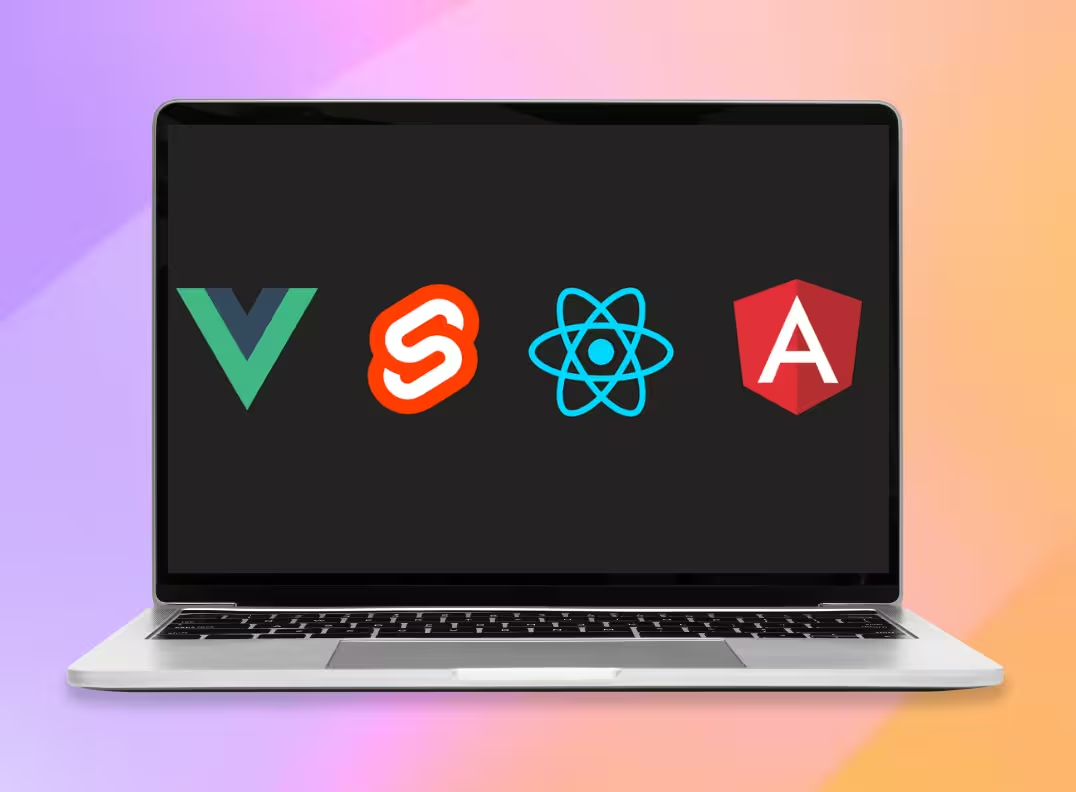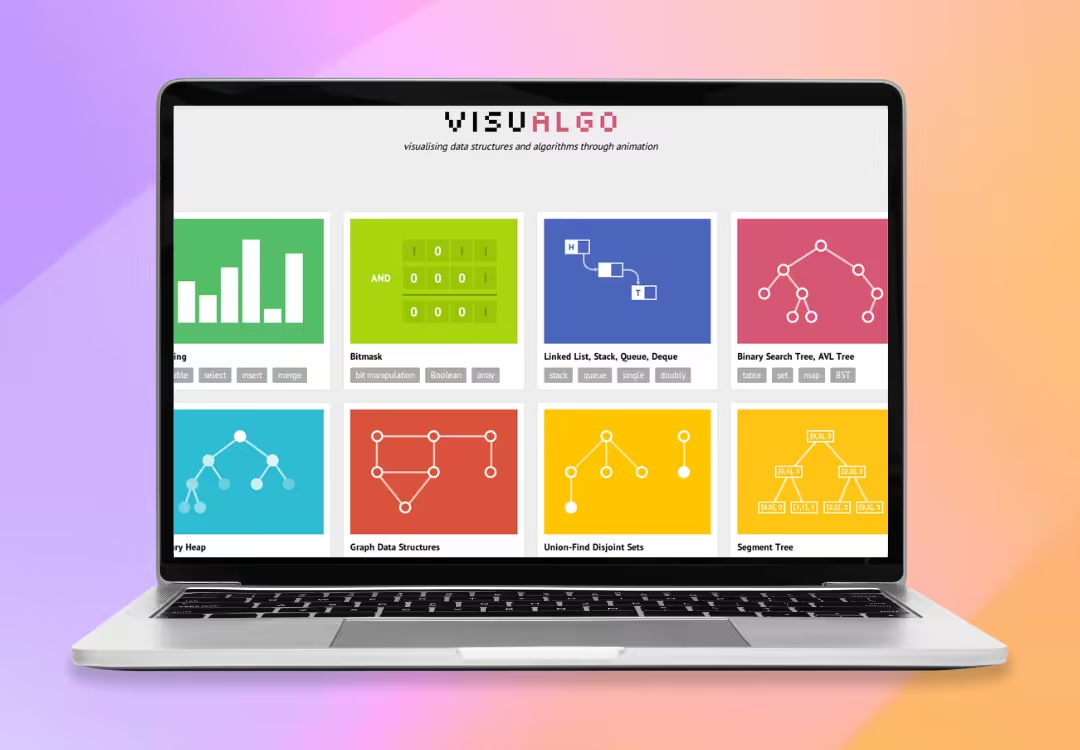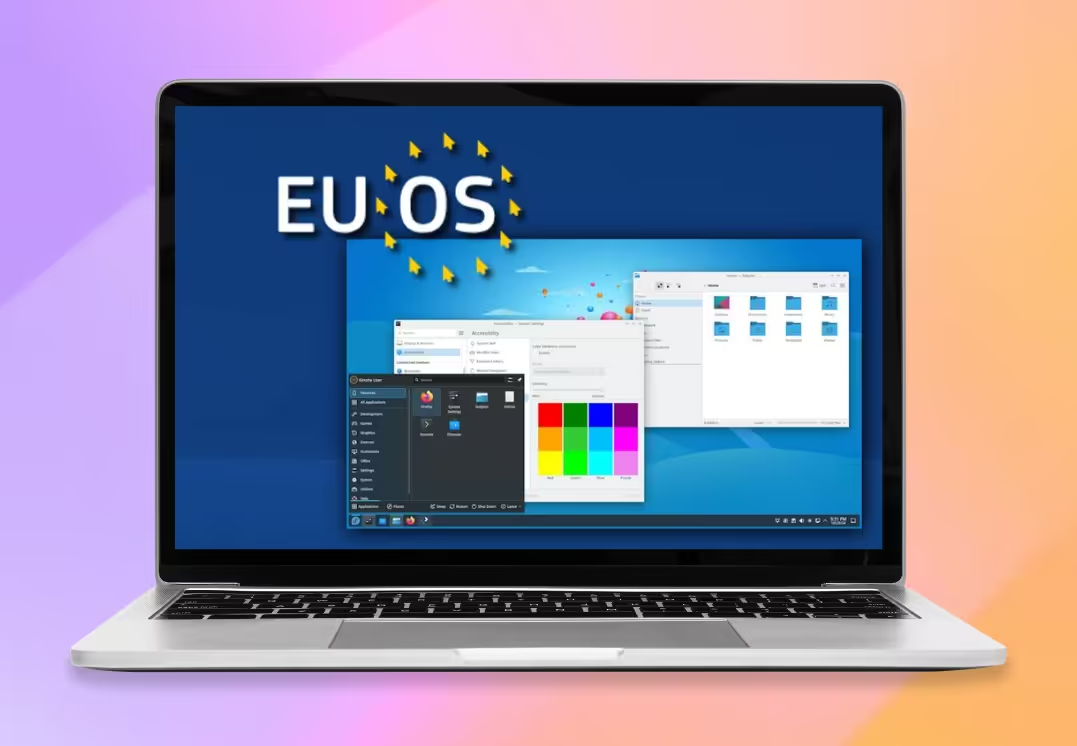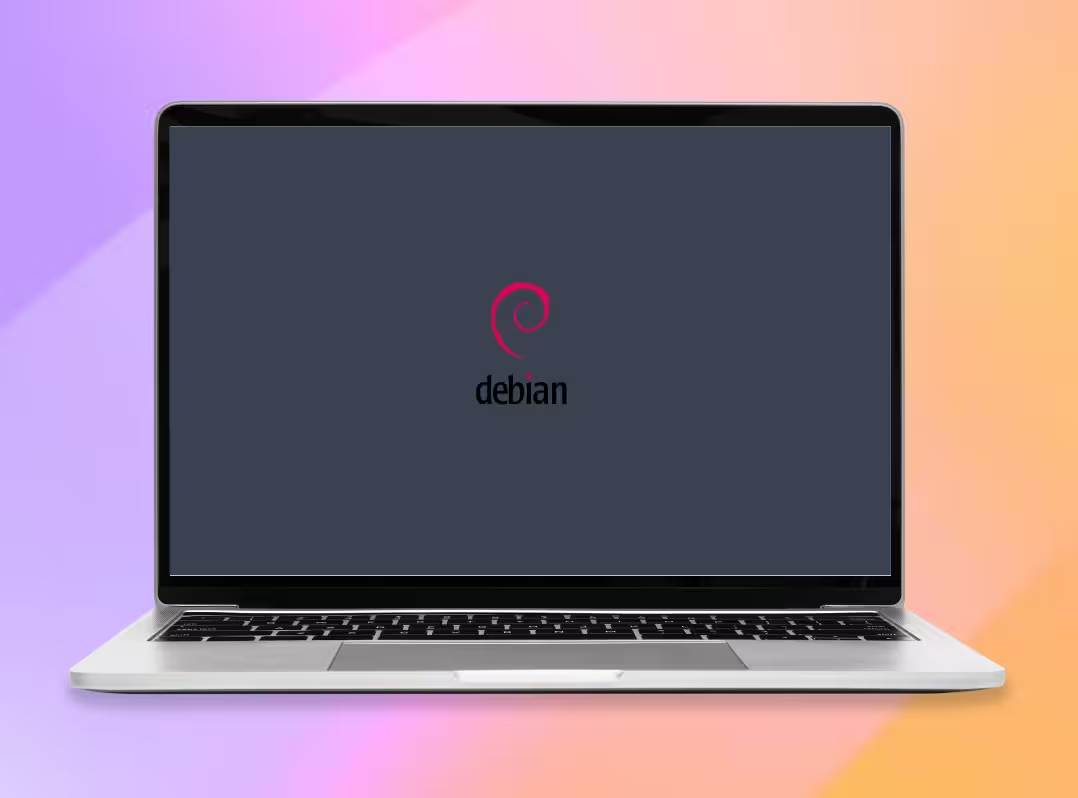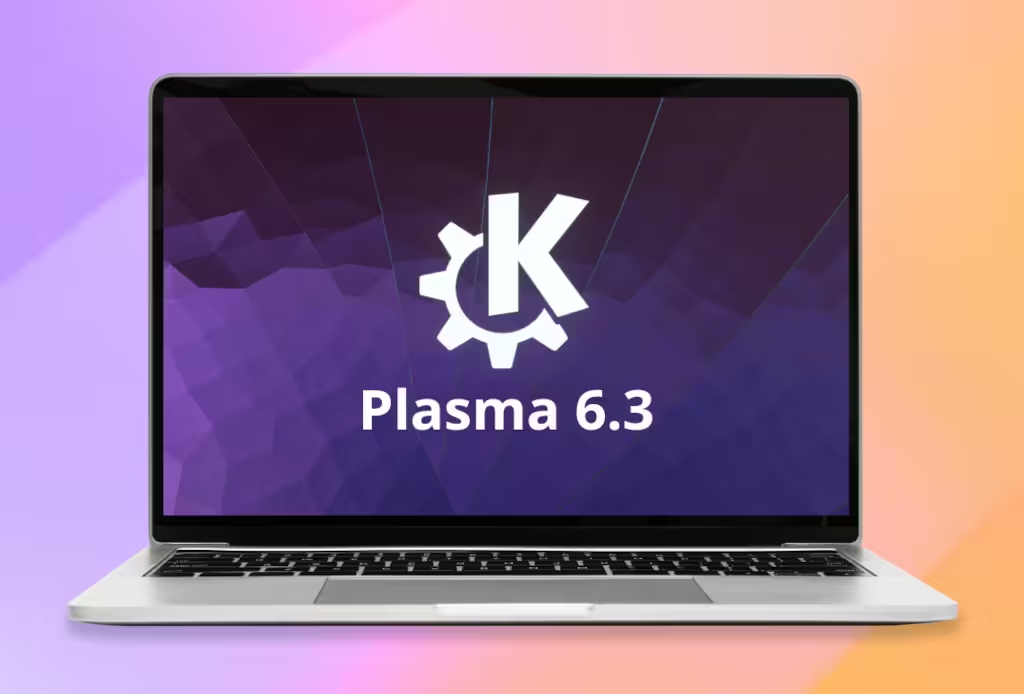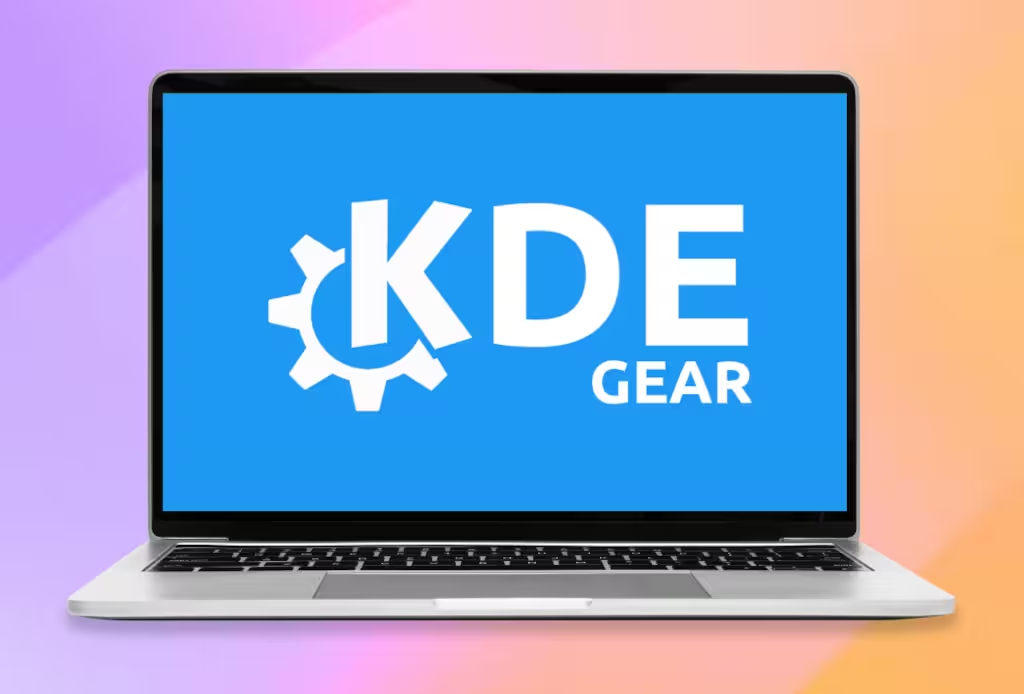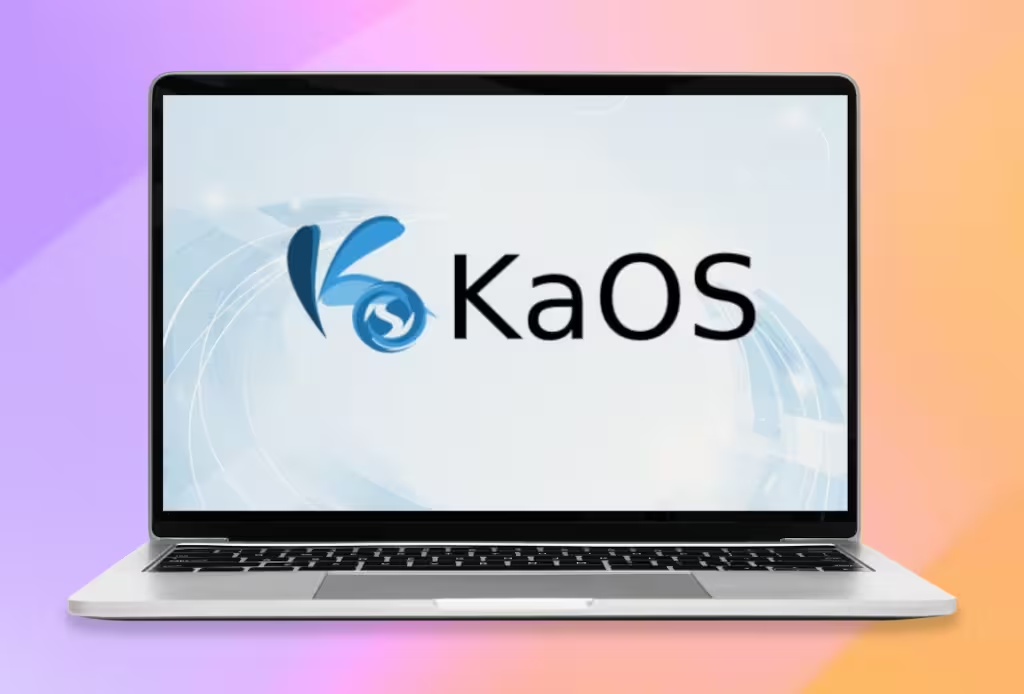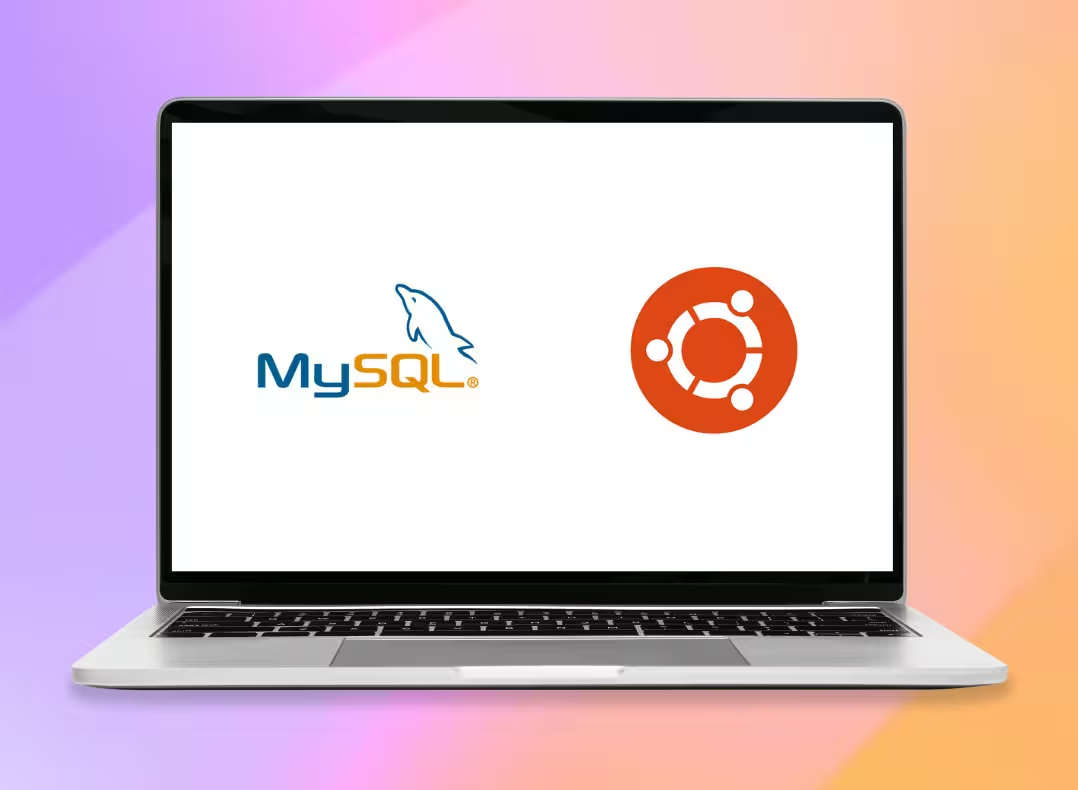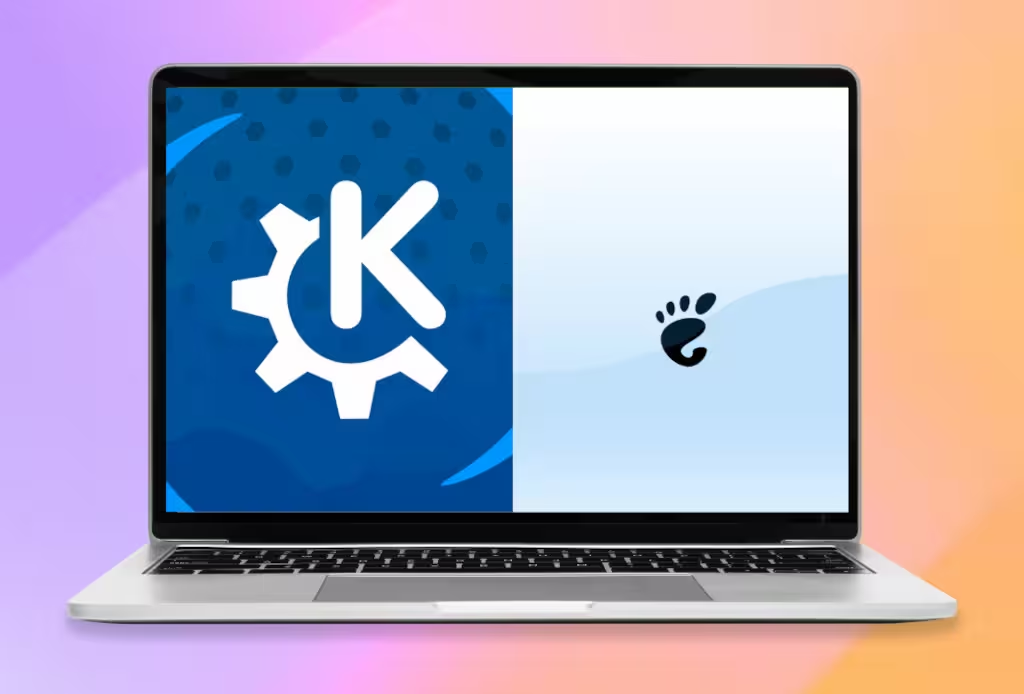Vue, Svelte, React, and Angular: Which One to Choose for Your Next Project?
Frontend development has evolved significantly thanks to the emergence of various JavaScript libraries and frameworks. With so many options available, choosing the right one for each project can be a challenge. Below is a comparison of the most popular alternatives, highlighting their advantages and recommended uses.
Vue.js: Simplicity and Adaptability
Vue stands out for its intuitive syntax and user-friendly learning curve. Its initial setup is simple, making it attractive for rapid and medium-sized development. With the release of Vue 3 and its Composition API, it has gained flexibility without losing accessibility.
- Learning Curve: Low. Easy to learn for those coming from basic HTML, CSS, and JavaScript.
- Performance: Lightweight and fast, with efficient virtual DOM management.
- Community and Support: Growing rapidly, with an active community and a strong ecosystem of tools and plugins.
- Ideal for: Small and medium-scale applications where a balance between functionality and ease of implementation is sought.
Svelte: Performance and Efficiency Without Virtual DOM
Svelte eliminates the need for a virtual DOM by compiling components into highly optimized JavaScript code at build time. This reduces the load on the browser, making applications faster and lighter. Additionally, its clear syntax allows for writing less code without compromising functionality.
- Learning Curve: Low. Its approach is intuitive and doesn’t require complex concepts.
- Performance: Excellent. By not relying on a virtual DOM, applications are lighter and faster.
- Community and Support: Smaller than other options, but with a growing user base and an enthusiastic community.
- Ideal for: Projects where performance optimization is key and for those seeking a smooth and simplified development experience.
React: Flexibility and a Robust Ecosystem
React is a library that allows you to build interactive interfaces with great integration capability across different environments. Its ecosystem is vast, with tools like Next.js for server-side rendering (SSR) applications and single-page applications (SPA). Its flexibility makes it ideal for projects requiring full customization.
One of its most notable innovations is Hooks, which simplify state management and side effects in functional components. Moreover, its large number of third-party libraries and tools make it easier to add new features without having to develop them from scratch.
- Learning Curve: Medium. Requires knowledge of JSX and concepts like state, component lifecycle, and Hooks.
- Performance: Good, though it depends on the optimization of the virtual DOM and efficient state management.
- Community and Support: Huge community with a wealth of resources, tutorials, and complementary libraries.
- Ideal for: High-interaction applications or projects requiring full customization.
Angular: Structure and Scalability
Angular is a comprehensive framework based on TypeScript that provides native tools for state management, dependency injection, and code modularity. Its clear structure and reactive programming through RxJS allow for efficient management of asynchronous data flows.
- Learning Curve: High. Its architecture is more complex and requires advanced knowledge of TypeScript, RxJS, and design patterns.
- Performance: Very good, though it can be heavy for small projects due to its full structure.
- Community and Support: Great support with extensive official documentation, frequent updates, and an active community.
- Ideal for: Large-scale applications and projects with teams that prefer a defined structure.
Conclusion
There is no one-size-fits-all tool that is best for every case. The choice will depend on the nature of the project, the skills of the team, and future expectations.



